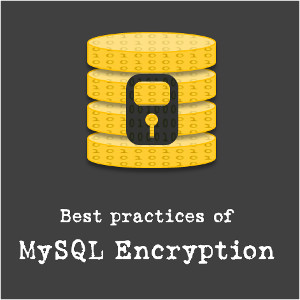Android Data Persistence

Treehouse
Course Summary
Being able to save or persist data within our apps is an important fundamental skill. It enables our users to save their work, remember their preferences, store all types of files for reuse, and more. These features are evident to some degree in almost every application. In this course, we will be learning about the different ways in which we can persist data in our apps. We will be creating an app which can make memes in order to learn about these different concepts. By the end, we will know what types of considerations come into play when developing an app with data persistence features.
-
+
Course Description
About this Course Being able to save or persist data within our apps is an important fundamental skill. It enables our users to save their work, remember their preferences, store all types of files for reuse, and more. These features are evident to some degree in almost every application. In this course, we will be learning about the different ways in which we can persist data in our apps. We will be creating an app which can make memes in order to learn about these different concepts. By the end, we will know what types of considerations come into play when developing an app with data persistence features. What you'll learn
- SharedPreferences (Key-Value Saving)
- File Storage
- Structured Data
- CRUD
- SQLite
About the Teacher
He’s at these places mostly Twitter - @MightyAnger Github - devandanger G+ - google.com/+EvanAnger
-
+
Course Syllabus
Introduction to Data Persistence
Data persistence is just a fancy way to say saving "stuff". In this stage we will talk about what options are available for us as Android developers to save data. 7 steps- What is Data Persistence? 2:26
- Introduction to Data Persistence 3 questions
- Types of Data Persistence in Android 2:23
- Types of Data Persistence 3 questions
- Introduction to the Starter Kit 2:13
- Using EditText Data 1 objective
- Handling an Exception 1 objective
File Storage
We can save files on an Android device just like we can on a regular computer. In this stage we'll cover the two types of file storage: Internal Storage and External Storage. 9 steps SharedPreferences is a simple way to read and write simple key-value pairs of data to storage. 9 stepsUsing SQLite for Structured Data
SQLite is based on SQL, which stands for Structured Query Language. In this stage we'll talk about and then show how we can create databases to store complex data in an app. 10 stepsCRUD Operations with SQLite
Data typically has four basic operations: Create, Retrieve, Update, and Delete. This stage will cover how to use SQLite to do Inserts, Selects, Updates, and Deletes. 15 stepsMigrating a SQLite Database
With any successful app or project in general, it is likely that you will need to support additional features sooner or later. In SQLite we perform such upgrades using a migration. 5 steps





